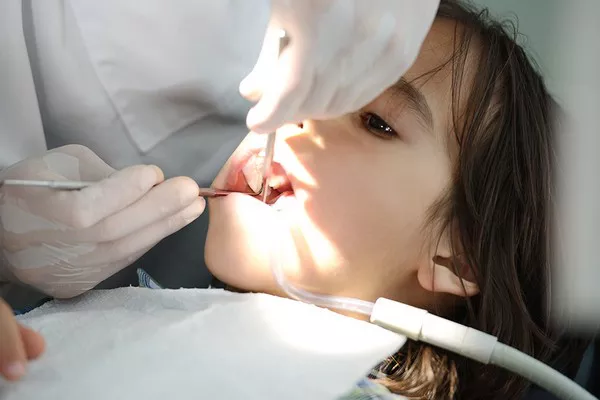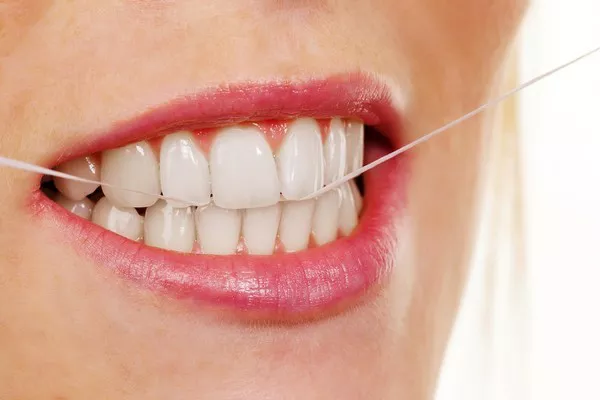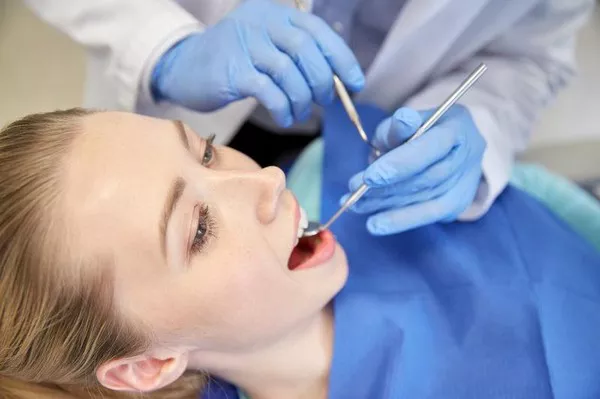Healing caps are an essential component of the dental implant process, playing a crucial role in promoting healing and ensuring the success of the implant integration process. In this comprehensive guide, we’ll delve into the details of what healing caps are, how they work, their importance in the dental implant process, and what patients can expect during the healing period. Whether you’re considering dental implants for the first time or are in the midst of your implant journey, this guide will provide you with all the information you need to understand the role of healing caps in achieving a healthy and functional smile.
1. Understanding Healing Caps:
Healing caps, also known as healing abutments, are small devices that are placed on top of dental implants following the surgical placement of the implant fixture into the jawbone. These caps are typically made of titanium or another biocompatible material and are designed to cover the implant site and protect it during the initial healing phase. Healing caps come in various shapes and sizes to accommodate different implant systems and patient needs.
2. Purpose of Healing Caps:
Healing caps serve several essential functions in the dental implant process, including:
Protecting the Implant Site: Healing caps cover the exposed implant fixture, protecting it from damage or infection during the initial healing period.
Promoting Soft Tissue Healing: By creating a barrier between the implant and the surrounding soft tissues, healing caps help promote the formation of healthy gum tissue around the implant site, ensuring proper aesthetics and function.
Shaping the Gingival Architecture: Healing caps help shape the gingival architecture around the implant site, creating a natural and aesthetically pleasing emergence profile for the final restoration.
Facilitating Integration: Healing caps help guide the healing process and facilitate osseointegration, the biological process by which the implant fixture fuses with the surrounding bone tissue, ensuring the long-term stability and success of the implant.
3. Placement and Removal:
Healing caps are typically placed on the implant fixture immediately following the surgical placement of the implant into the jawbone. The caps are secured in place using a small screw or snap-on mechanism and remain in position for several weeks to months, depending on the specific treatment plan and the patient’s healing progress.
Once the healing period is complete, the healing caps are removed, and the final abutments or prosthetic components are attached to the implants. This process may require a brief follow-up appointment with the dental provider to ensure proper fit and function of the final restoration.
4. Importance of Proper Care and Maintenance:
Proper care and maintenance of healing caps are essential for ensuring the success of the dental implant process. Patients are typically instructed to avoid chewing on the implant site and to maintain good oral hygiene practices, including regular brushing and flossing, to prevent infection and promote healing.
During the healing period, patients may be advised to adhere to a soft or modified diet to minimize stress on the implant site and facilitate healing. It’s essential to follow all post-operative instructions provided by your dental provider to ensure optimal outcomes and a smooth recovery process.
5. Potential Complications and Considerations:
While healing caps play a crucial role in the dental implant process, there are potential complications and considerations to be aware of, including:
Infection: Poor oral hygiene or trauma to the implant site can increase the risk of infection around the healing cap, potentially jeopardizing the success of the implant.
Soft Tissue Management: Proper management of the soft tissues around the healing cap is essential for achieving optimal aesthetics and function of the final restoration. In some cases, additional procedures may be required to sculpt the gingival tissues and create an ideal emergence profile.
Healing Time: The length of time healing caps remain in place varies depending on the specific treatment plan and the patient’s healing progress. It’s essential to follow all post-operative instructions provided by your dental provider and attend all scheduled follow-up appointments to monitor healing and ensure proper integration of the implant.
Conclusion:
In conclusion, healing caps are a critical component of the dental implant process, playing a vital role in promoting healing, shaping the gingival architecture, and facilitating osseointegration. Understanding the purpose, placement, and care of healing caps is essential for ensuring the success of the implant treatment and achieving a healthy and functional smile. If you’re considering dental implants as a solution for missing teeth, be sure to discuss the role of healing caps with your dental provider and ask any questions you may have to ensure you’re fully informed about the implant process.
How Much Does Full Mouth Dental Implants Cost In India
What Can Go Wrong With A Dental Implant
How much is it to get an implant tooth?






























